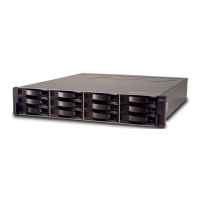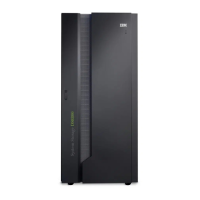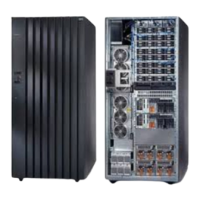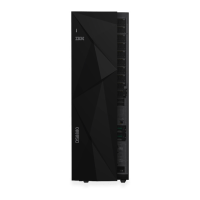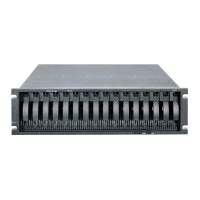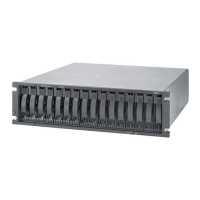a. Open the two release levers as shown in the illustration. The controller
moves out of the bay approximately 0.6 cm (0.25 inch).
b. Slide the dc power supply out of the bay and set it aside.
DANGER
Electrical voltage and current from power cables are hazardous. To avoid
a shock hazard, always place electrical equipment on dry, static-free level
surfaces. Never turn on any electrical equipment when there is evidence
of fire, water, or structural damage.
11. Place the replacement dc power supply on a dry, static-free level surface.
12. Ensure that the release levers on the power supply are in the open position.
13. Slide the dc power supply into the bay until it stops.
14. Push the release levers to the closed position.
15. Connect the dc power cable and turn on the -48 V disconnect device, then;
turn on the power-supply switch.
16. Check the power and fault LEDs on the new unit.
17. According to the status of the power and fault LEDs, use one of the following
procedures:
v The fault LED is lit and the dc power in and dc power out power LEDs
are off: The new unit might be installed incorrectly. The power-supply
switch might not be turned on. The dc power cable might not be fully
inserted into the power connector. The disconnect device might be turned
off or inoperative. The dc power source might be turned off or inoperative.
The dc power cable might be faulty. Go to step 18.
v The fault and dc power in LEDs are lit but the dc power out LED is off:
The power supply is faulty. Turn off the power switch and contact your
IBM technical-support representative for a replacement power supply.
v The dc power in and dc power out LEDs are lit but the fault LED is off:
Go to step 19 on page 142.
18. Perform the following task or tasks to solve the problem:
v Ensure that the power switch is turned to the on position.
v Ensure that there is power at the dc source and no disconnect device has
tripped.
Power supply
Release
levers
Figure 105. Replacing a power supply
Chapter 5. Replacing components 141
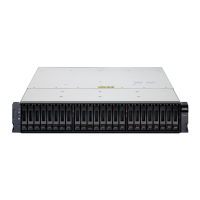
